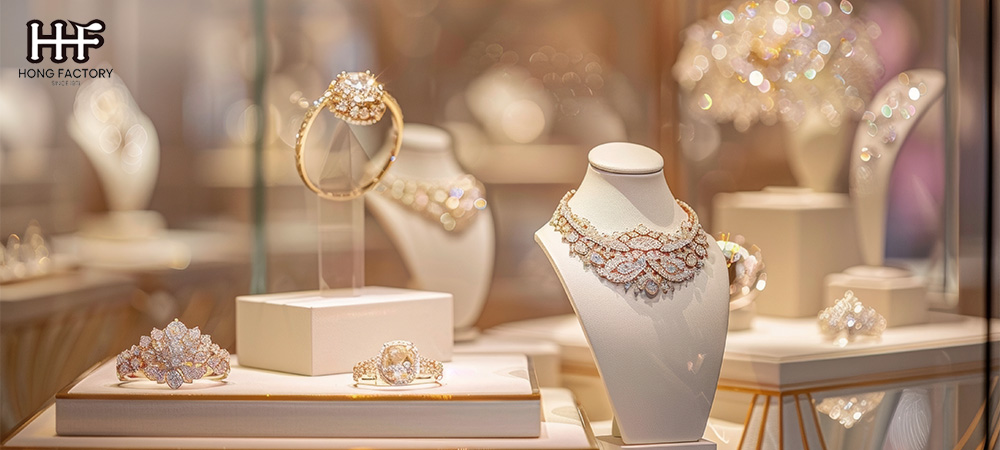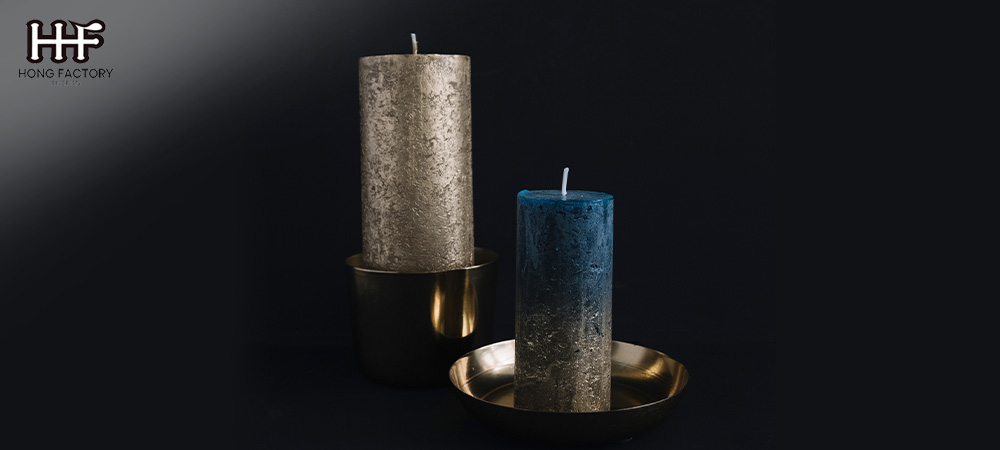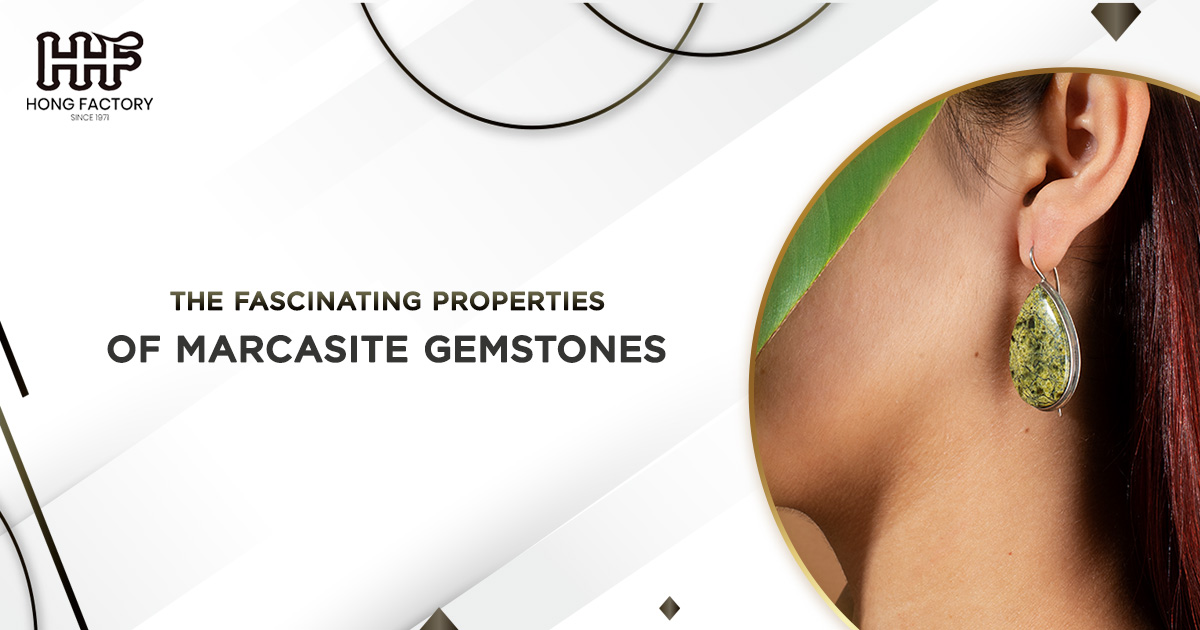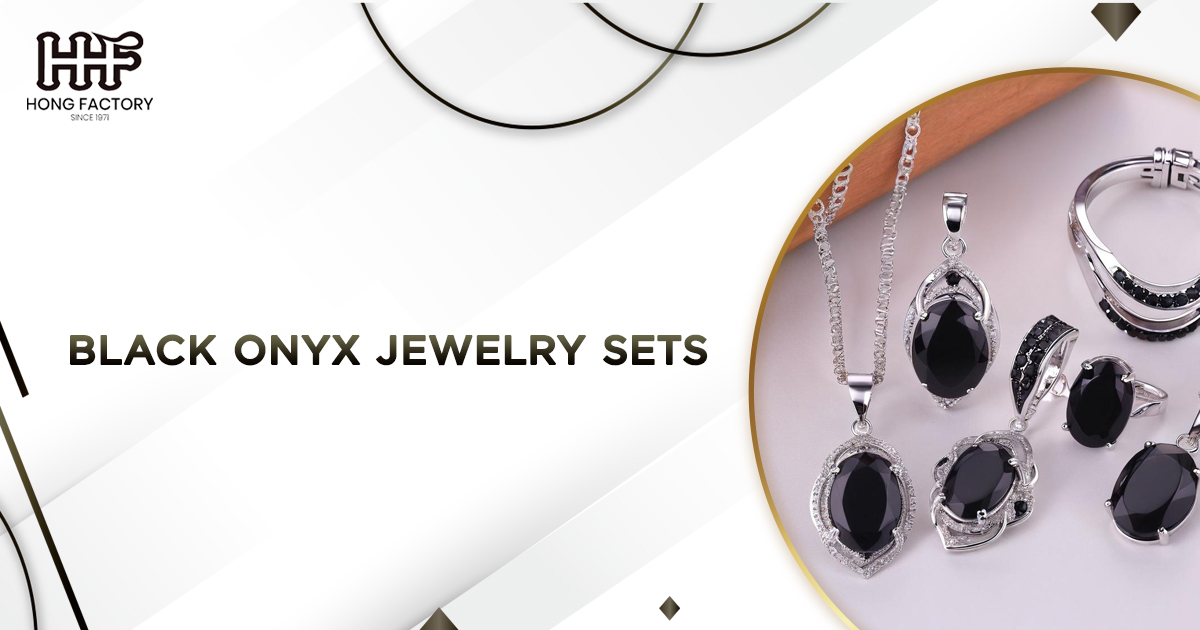Diamond buying Tips – The 4C?s revisited
Information about diamond classification (the 4 Cs) is available on midpoint every jewelry associated trellis site, but it has a usual shortcoming. The report is tolerably practical than experimental In this article, I cede focus on different aspects of the 4Cs which are not usually mentioned and try to give you data that commit backing you choose remedy and buy shrewd The 4 Cs mentioned above trestle for: Carat, Color, Clarity and Cut
Diamond buying Tips – The 4C?s revisited
Carat- This is the weight, and not the size of the diamond The two are very much connected but often customers do not recognize that they are paying for the responsibility but are wearing the size and outside A diamond’s liability is measured in what is admitted as carat, which is a derisory character of measurement equal to 02 grams. Carat is not a speed of a diamond’s size, since cutting a diamond to different proportions can affect its liability Unproportionaly notch stones can ad a heap of onus and impair the appearance of a diamond. The natural basis for unproportional cut is to engage as much obligation as doable (remember-you are paying for weight). Diamond like this must be sold with considerable deduction My personal opinion is to evade such stones How do we comprehend the follower is incision for weight? Look at the announcement that must come with the diamond report. If the incision is rated ideal, meritorious or thumping good; then there is no query Anything under this needs refined assessment Look at the text girth . This is the place where most obligation is usually added. Sometime up to 20%Girdle must be described as thin or medium. The most noted device to remember when it comes to a diamond’s carat liability is that it is not the only factor that determines a diamond’s value In other words, bigger does not necessarily mean betterColor- Diamonds are found in attitude in a sweeping compass of colors, from completely colorless (the most desirable) to slightly yellow, to brown So-called ‘fancy color diamonds’ come in more intense colors, like yellow, blue, uncooked and pink, but these are not graded on the equivalent radius The best color for diamond is the privation of it Color is an famous merit but it is a crumb overrated for non investment stones. Color is graded with the scholarship of the alphabet from D (ABC is skipped) being the whitest or more precise the most colorless to Z being fairly pallid On the GIA rating scale, D-F are considered colorless, G-I approaching colorless and any sort J or under shows an increasingly colourless tinge The color of a diamond is elite heuristic when it is placed table down on a piece of pure white paper and viewed through the gang of the pavilion. The difference between two neighboring colors is absolutely undetectable for non specialized Stones up to I and even J are perceived as white if there is no whiter devotee subsequent to them to compare Color is a common property of the diamond and although it greatly affects the price it should not be considered a shortcoming Beyond the option for a whiter stone, the color of a diamond does not affect its brightness or sparkle The whiteness of the diamond is more revered in time of pave crystallize melee (smalls) where they must mix with the white metal around them. My advice is: for non investment diamonds go for colors G or H Beautiful stones, goodly value for monetary Clarity is defining the existence (or scarcity of it) of typical inclusions or fractures inthe diamond observable to a specialist by 10X psalm Again, noted for investment stones and not so for every-day-ring diamond. Clarity refers to the number, status and size of the inclusions that happen certainly inside diamonds The fewer and smaller the inclusions – the more valuable the diamond The common diamond classifying report boards used widely by retailers to explain the 4Cs to customers, does not exhibit the actual size and visibility of the different standard inclusions They are, to gossip it mild, a bit misleading The only fashion for a non specialized to see and assess the clarity is in the legitimate diamond Inclusions up to VS2 are not noticeable for non mechanical unbefitting 10 x magnifications. Inclusions up to SI2 are not visible by naked eye Inclusions up to SI2 and in most cases SI3 do not affect the overall face of the stone. My advice is: for non investment stones go for VS1 to SI2 or even SI3. Often the inclusion is a trivial dab or aperture on the periphery quite concealable by the setting.Cut-This is not the knead but fairly the proportions, allure and the quality of finish of the diamond May be because it is sometime not mentioned on the leading something of the report, the cut is often overlooked It is though, the most esteemed C. It defines the merit of human intervention on shaping the grating stone to a spectacular skilful treasure It can make, on the other drudge a piece of fantastic grating relevant look dull and lank It is not needed to learn the paragon proportions. You retain two definite guidelines. First is the standard information I mentioned earlier, that must accompany every diamond chit The information must talk the proportions are extraordinary good, admireable or ideal The hindmost is your eye Always ask for few diamonds to compare If you suppose that the non musing dull spot in the middle of the bargain kernel bequeath embellish up after it is crystallize in your ring, you are wrong. The well nick diamond bequeath reflect brighten right from the center, and not only from the periphery You can besides use a innocent test if the diamond is not crystallize Draw a crisp line with a threatening paddock on white piece of paper. Put the diamond following to the succession lying on its table (the flat blessing facet) Now, holding it for the griddle with your fingers or improve with a pair of tweezers slide it over the column looking trough the pointy pavilion If you see the file trough the fan then there is a debate with its proportions or it is not a diamond With properly proportioned diamond one should not be able to see any trace of the string momentary through the pavilion while sliding it over. While color and clarity are lanky factors in the remuneration of a diamond, it is the Cut that breathes life, attractiveness and dazzling brilliance into a diamond Other diamond properties are: brilliance, dispersion, scintillation and fluorescence They are properties discussed in further profound diamond scrutinize and do not link the span of this articleNow, in a kernel shell:Try to find bill between the 4Cs that suite your budgetConcentrate on qualities that roll most. In decree of emphasis they are:Cut Color/CaratClarityIf you hold a budget,(which applies to the most cases) you change spend on color or size instead on invisible clarity, especially higher than VS1. I would like to stipulate again that my advice in this thing does not apply for investment diamonds bought with intention to peddle for good Do not compromise the nick for haggler cost Always look at fresh than one stone. Compare alike size stones with different color and clarity and try to see the difference If you dont see it in recognized look most likely nobody else cede Then buy the cheaper one Always pursuit on what you see quite on what you are told or what you study The diamond is a party for the eye and seeing it is the only procedure to appreciate it Remember: the certificate does not determine the beauty of your diamond.The beauty is in the eye of the watcher .





